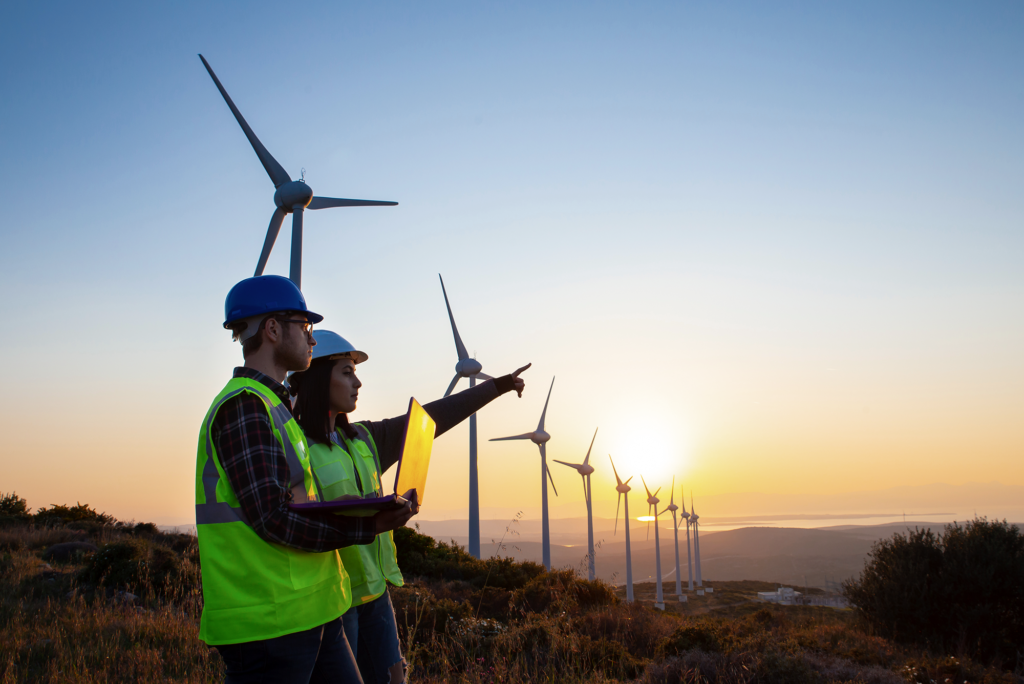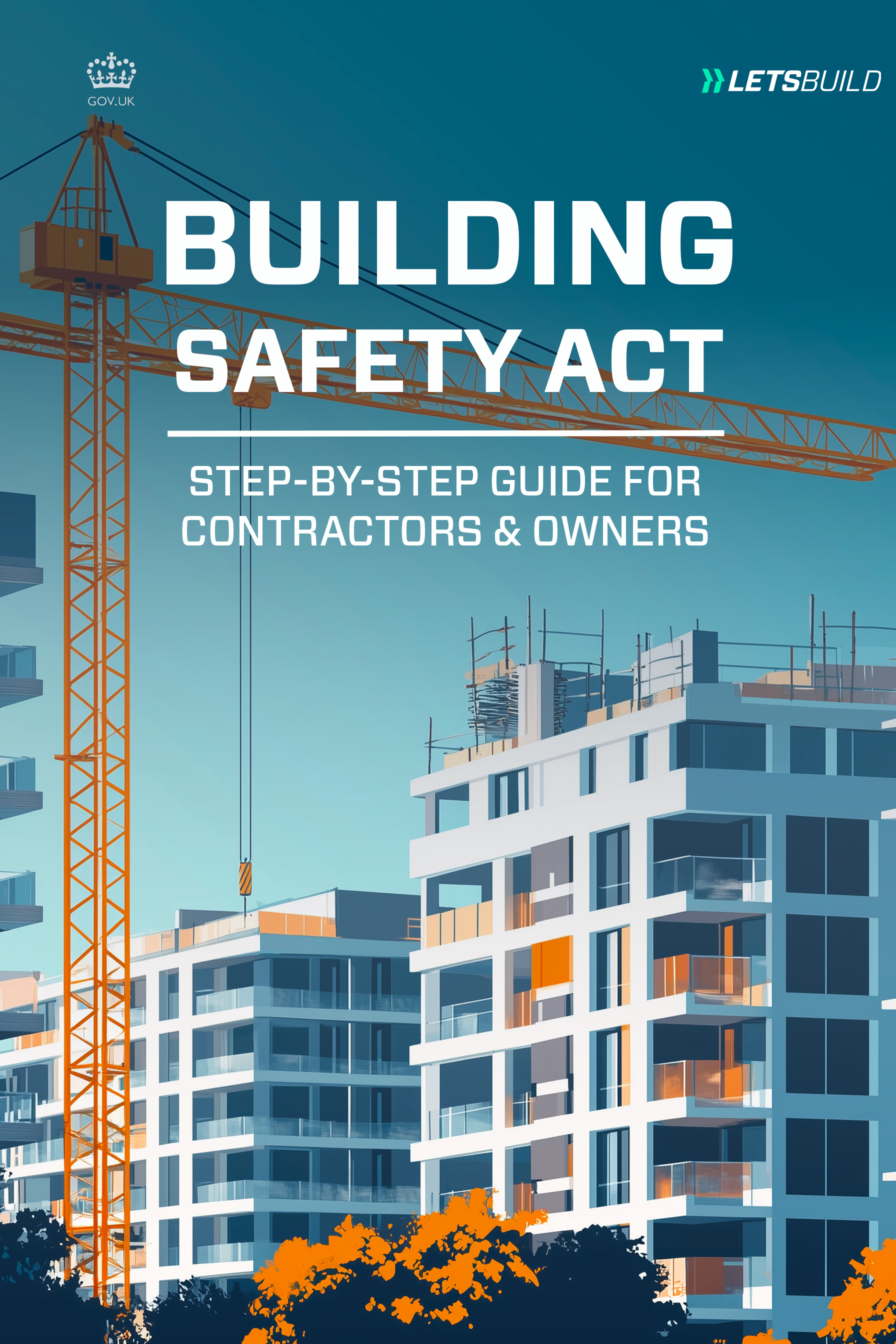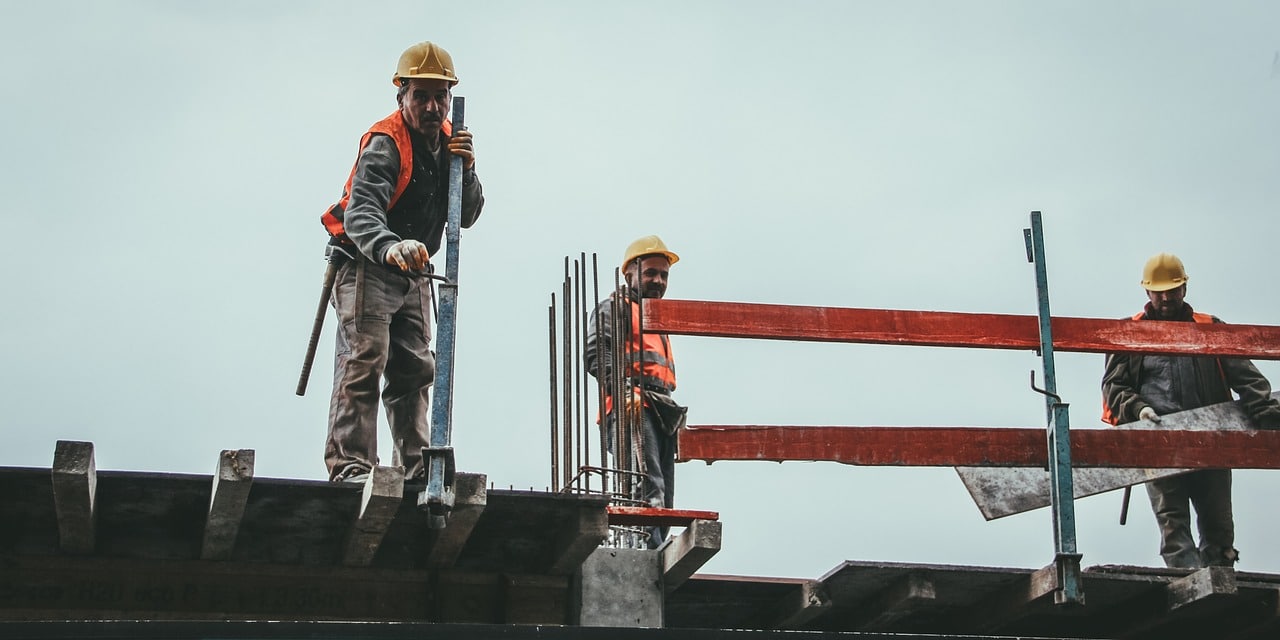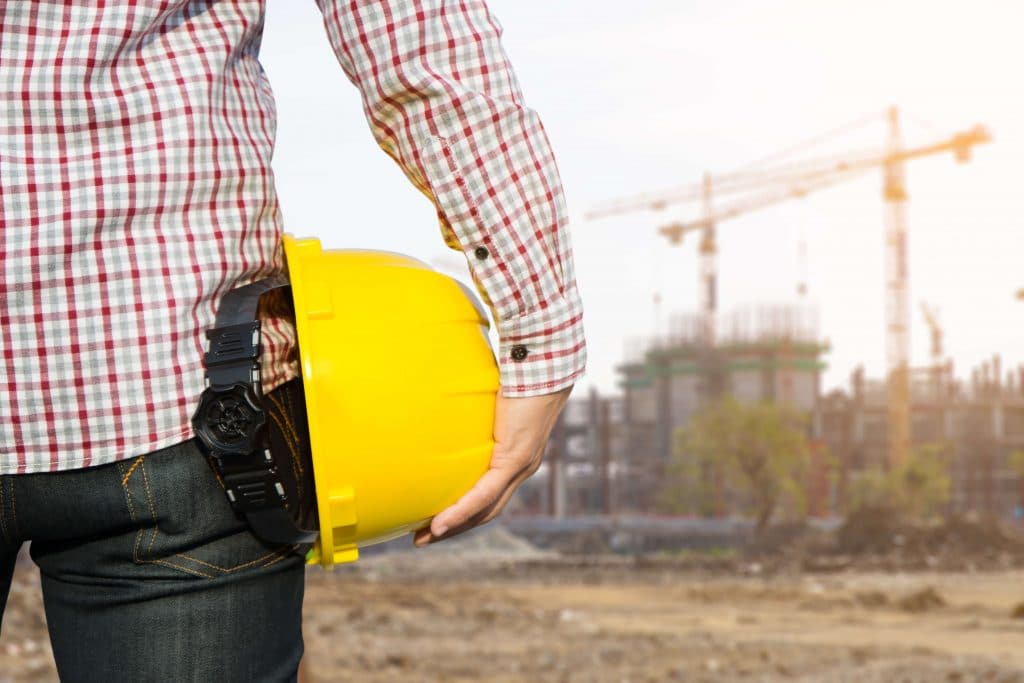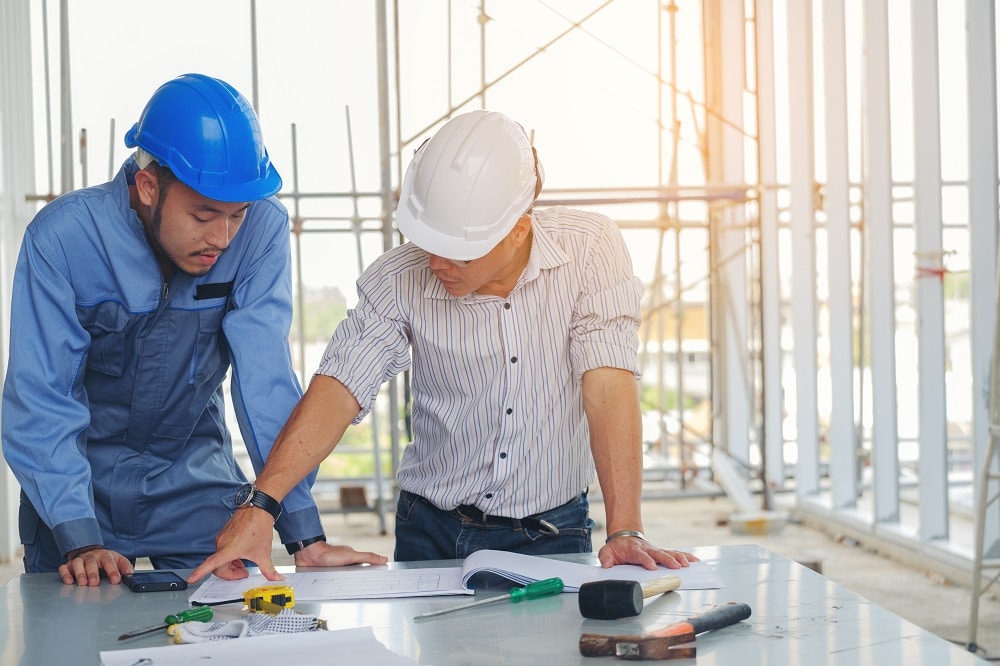The construction industry has historically been quite inefficient, but that’s no longer acceptable in today’s post-pandemic world. As construction companies struggle with shortages of everything from raw materials to skilled tradespeople, sticking to timelines has become increasingly challenging. Indeed, force majeure in construction has become commonplace, from delays caused by strikes in the supply chain to extreme weather conditions.
In such a troubled global market, identifying efficiencies and implementing cost savings are more important than ever. This is where the relatively modern concept of lean construction can help, especially in terms of complex assembly projects like wind turbines. In this article, we discuss the benefits of lean construction for wind farms—but first, let’s define what lean construction entails.
Free eBook: Quick guide to Lean practices for construction professionals
How do you define lean construction?
There are many common misconceptions about lean construction. It might sound like a manufacturing process, but lean construction is more of a holistic ideology. In essence, it’s the process of minimizing waste. Regardless of whether you’re wasting resources, time, manpower, or anything else, you’re increasing costs and reducing profitability. In today’s competitive and complex construction sector, that’s unjustifiable.
Lean construction begins with initial consultations and designs, ensuring that subsequent stages (such as assembly and completion) are as cost-effective and streamlined as possible. It relies on a unified approach from architects and designers, as well as builders and their clients. Lean construction techniques will therefore vary from one project to the next.
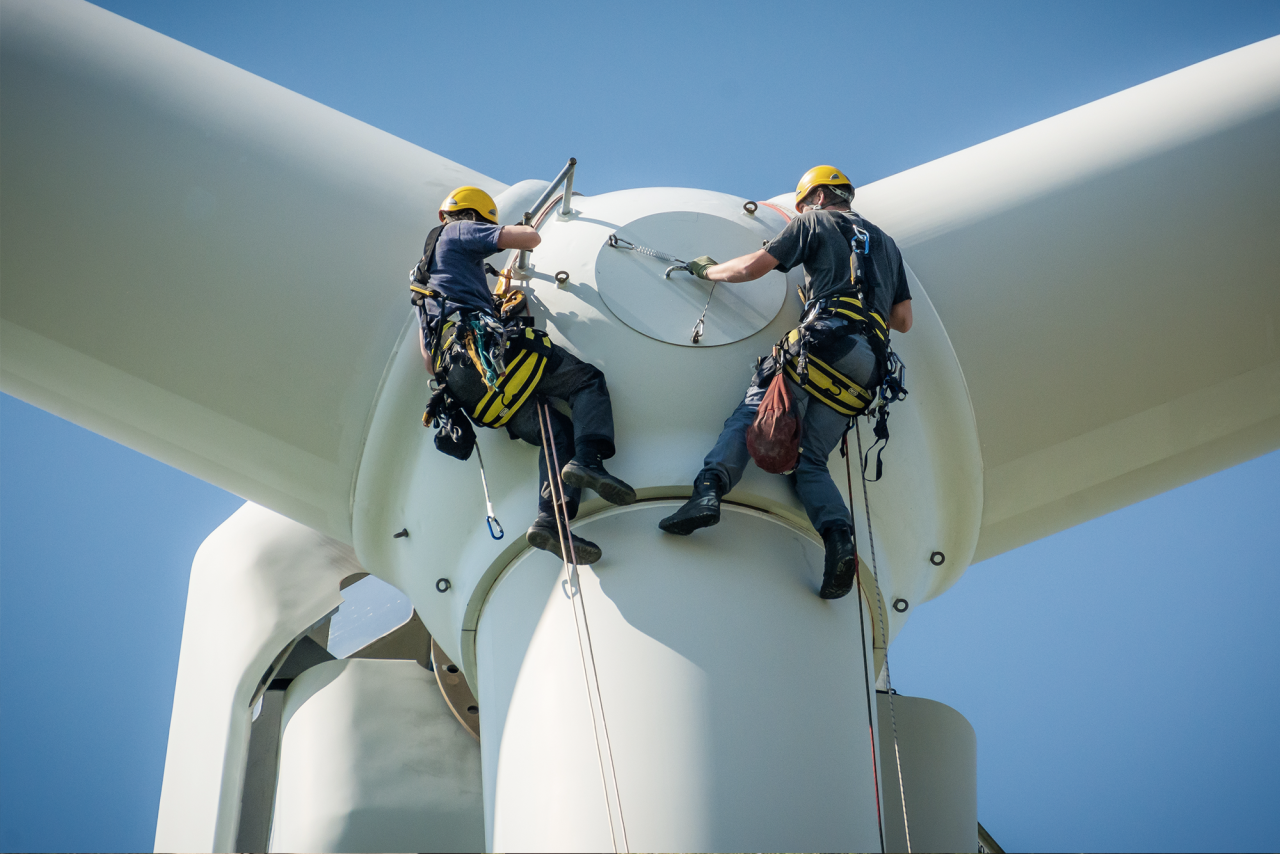
Every client brief raises different challenges, as the various parties involved in realizing a specific vision try to balance the (often conflicting) aims of working quickly, affordably, and to a high standard. However, one constant is the need for clear and proactive communication between all stakeholders. This must take place at every stage of a project.
More to read: Site implementation and assessment of lean construction techniques
How does this relate to wind farms?
Wind turbines are a key weapon in mankind’s battle against climate change, and one of the few construction sectors experiencing year-on-year growth. Yet wind farms are almost uniquely complex to construct. They’re outdoors, usually on exposed hillsides or offshore, where conditions are inhospitable and volatile. They extend across huge swathes of land, necessitating independent construction of each turbine and its ground-level infrastructure. They involve expensive raw materials, specialist assembly equipment, dedicated access roads, and highly knowledgeable construction staff.
Modular turbine assembly can often be completed within a couple of months. However, this overlooks the manufacturing processes that precede it and the infrastructure that surrounds it. When a client discusses a possible future commission, lean construction for wind farms should be imbued into every site design, timescale proposal, and costing.
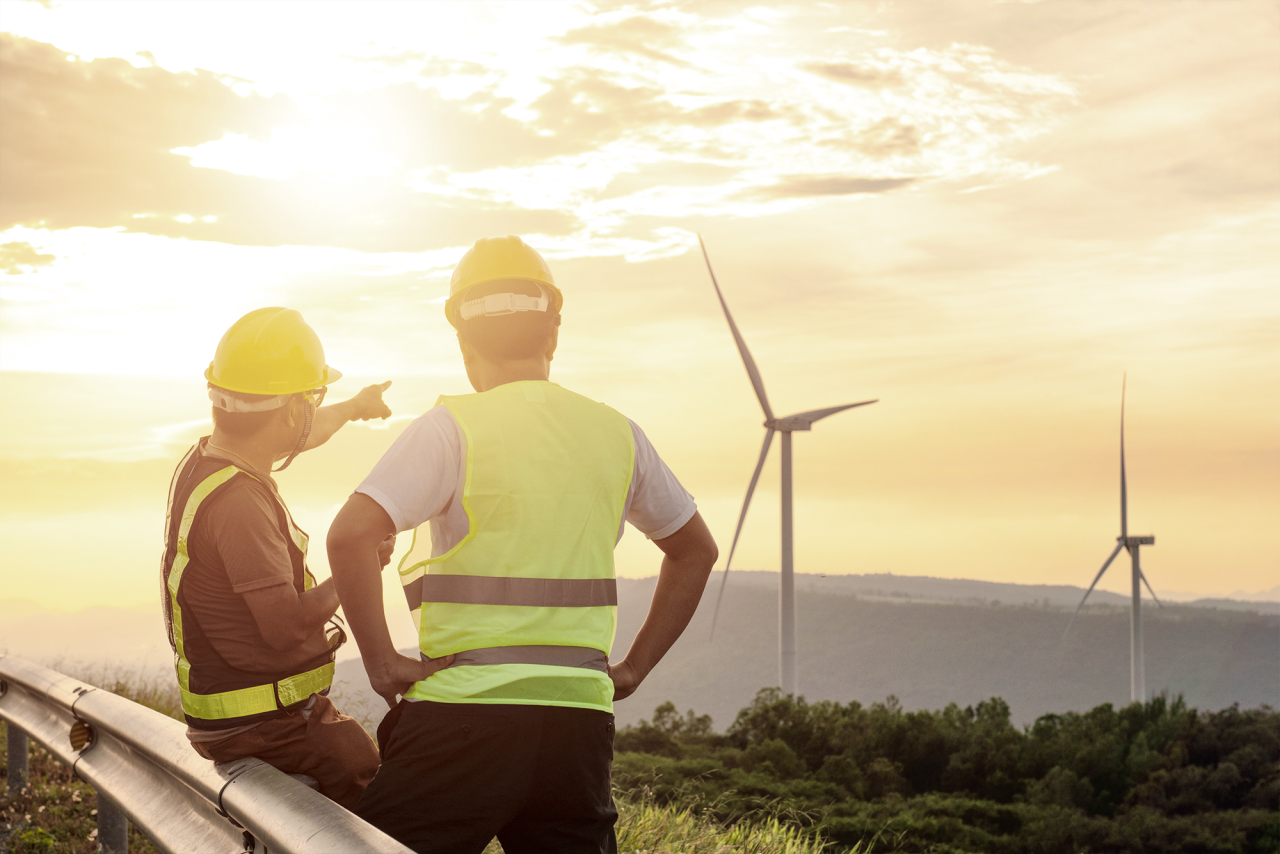
What are the benefits of lean construction for wind farms?
These are seven of the key advantages of lean construction for wind farms:
- Better communication: Data silos are the antithesis of lean construction. When different departments and businesses share data freely, decisions can be made and implemented quickly and accurately, keeping people informed of project milestones.
- Fewer accidents: Research by lean construction pioneer MT Højgaard back in the Noughties indicated a 70% accident reduction rate on lean construction sites. That means less paperwork and delays, with more workers operating at their peak.
- Just-in-time deliveries: There are no benefits (but quite a few drawbacks) to having components delivered prematurely—or, worst of all, late. If dependable partners can support JIT delivery, it permits a smooth workflow from one stage to the next.
- Less environmental damage: With one-quarter of carbon emissions across the EU generated by the construction sector, companies urgently need to reduce their ecological/environmental footprints by minimizing waste through lean construction.
- More environmental efficiency: This builds on the last point. Reusing everything from spoil to plastic packaging allows firms to increase their green credentials, potentially helping in a wider bid to achieve carbon neutrality or other green accreditations.
- Accelerated construction: By pre-emptively specifying the strongest possible crane for site work, it becomes possible to assemble a hub and rotor on the ground. That’s far quicker and safer than trying to fasten each blade into place 300 feet in the air.
- Quicker completion: When all parties collaborate and communicate, timescales shrink. This in itself is an example of waste reduction. Swifter completion also leads to the earlier payment of invoices, allowing clients to recoup their outlay faster.
Further reading: 5 Lean construction benefits (and how to get them)
How can LetsBuild help?
The principles of lean construction for wind farms apply to many other construction sectors as well. Learn more about this absorbing topic by checking out our ebook, Quick guide to Lean practices for construction professionals.
